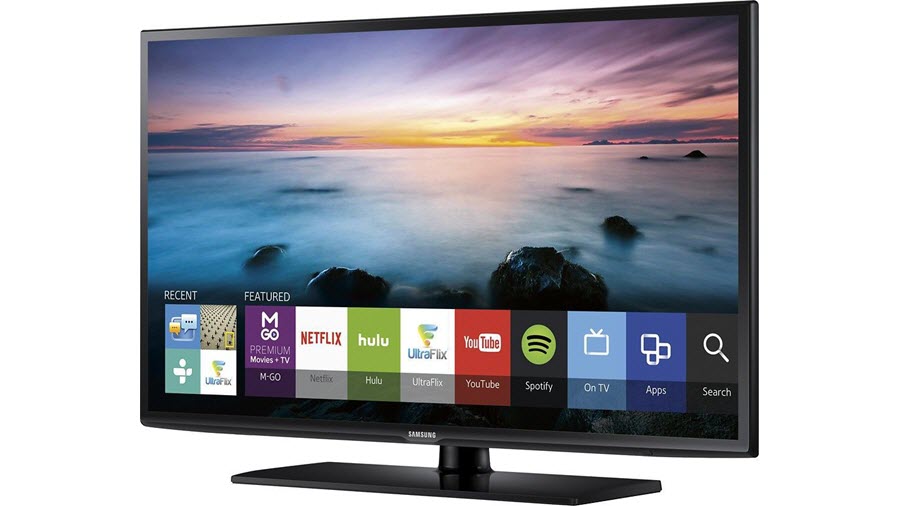CTV: Safe but Unwieldy, and Marketers Want More

There’s an unwritten rule in sales: If you get the chance to meet your customer, no matter how inconvenient, always take the meeting because you never know when you’ll get that chance again. Part 2 of that rule: Don’t expect to get their time again anytime soon.
So there must have been a glitch in the matrix last month when our predictably busy customers welcomed us to their offices multiple times in one week. We met with dozens of digital media professionals from agencies across the country, many of whom we’d seen only days before, who were leaning in, asking questions and—wait for it—asking us to come back AGAIN, and soon!
What caused this unexpected shakeup of all that is predictable and sound in our industry? Three letters: CTV.
As a brand noted to us, Connected TV is "a disruptive space to engage a media-fatigued buyer," and we are finding advertisers have a large—and growing—appetite for CTV.
Related: Connected TV Viewers OK With Advertising: Study
But with CTV still considered an emerging medium, agencies are in the exploratory, test-and-learn stage. It’s not simply about how to harness CTV appropriately, it’s also about mapping the internal organization around which media team should own this responsibility—TV? Digital? Programmatic? Some sort of specialized, overarching Advanced TV team? Each of these groups comes to CTV with different levels of knowledge, tools and KPI needs. Yet some of the basics of what CTV means, what can be bought and how it can be measured, is largely unknown to all of them.
Earlier this year, Telaria ran a proprietary attitudinal and behavioral research study focused on generational and international perceptions of CTV that yielded compelling insights: Engagement with CTV is growing; different generations interact with CTV ads differently; and while still somewhat new in the U.S., CTV is prolific in other parts of the world. We wanted to share with our agency partners what the industry knows now, what’s coming up next, and how we’re all collaborating on best practices for buyers, so we took our insights on the road, sharing our research and listening to buyers’ questions.
Interest Is High, Questions Abound
We heard how buyers are struggling with CTV because it introduces another channel to an already complicated media mix. Also, CTV sits at the intersection of digital and TV with no established, universal measurement tools for crucial metrics such as reach, frequency, and efficiency. Each group had a similar set of questions about how to quantify CTV’s impact and how it is changing longstanding rules of media planning and audience targeting:
· What are best practices in discoverability, targeting, frequency capping, measurement?
· How do we account for Household targeting when shared logins abound?
· Does binge-watching Stranger Things define a viewer as a sci-fi enthusiast if that person immediately abandons the genre entirely after watching all the episodes?
· Should our plans be targeted to hardware or content?
We learned that CTV responsibilities are fragmented across all agency orgs. None of the agencies we spoke to had a clear answer about whether there was one team within an organization who owned the full scope of CTV investment.
CTV Is an Unwieldy but Safe Space
Despite all these questions, CTV is very attractive to agency buyers. Similar to the sky-high popularity Private Marketplaces enjoyed few years ago, CTV represents a “well-lit space” within a programmatic inventory pool that some still consider somewhat murky. Even more valuable, CTV offers some reporting and global management when purchased via programmatic pipes. CTV, as one agency insider shared, “is an easy sell to the client.” However, similar to the pitfalls of PMPs, while some agency buyers would prefer to buy all through one pipe to take advantage of global frequency capping and consolidated reporting, the lack of control of show-level targeting keeps much of that budget locked from programmatic suppliers.
Related: Big Jump Seen In Ad Inventory on Connected TV
Discoverability of content across suppliers also poses a challenge, as buyers struggle to quantify the entire universe of available inventory. One head of Advanced TV buying lamented to us that knowing what is available based on source (publisher direct versus SSP) was dizzying and practically impossible to track. She asked if we could help buyers understand what inventory is available and how it’s differentiated by source.
Further, buyers are concerned about employing frequency capping across platforms. Then, to make things more complicated, unified measurement isn’t quite here yet: how can we measure the impact of a similar media buy on cable TV vs. a non-cord-cutting CTV household? Finally, they wanted to know if we could help identify which DSPs can best execute on targeting and measurement.
Moving Forward: Guidance & Expertise
CTV partners in this space, across the spectrum of service, have an opportunity here to listen to buyers and share perspective on best practices. In light of the brand-safety failings of YouTube last year and the ongoing battle against fraud and low-viewable inventory, CTV represents a new hero in a programmatic world. CTV is almost completely viewable and fraud-free. Though agencies are still working out which budget these initiatives will come out of, the intention and investment continues to grow.
CTV providers should feel emboldened by all of this feedback. Supporting agencies with “best practices” insight as well as educating publishers on what buyers struggle with most will help align the very best inventory with the needs of the buyer. CTV is poised to grow tremendously in 2018. The smartest way to power this growth will be through insightful research, shared knowledge, and partnership across the industry.
Nicole Scaglione is senior director, programmatic, Agency & Brand Partnerships, at Telaria.
Broadcasting & Cable Newsletter
The smarter way to stay on top of broadcasting and cable industry. Sign up below

Nicole Scaglione is the global VP of OTT and CTV business development, PubMatic
